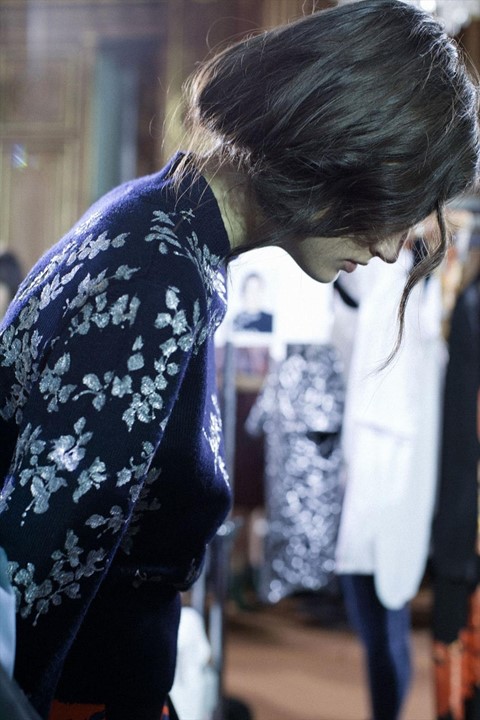From art and flowers, to a profound understanding of fashion history, we consider designer Dries Van Noten's inspirations
There is no better description of the Dries Van Noten exhibition currently being held at Paris' Musée des Arts Décoratifs than a modern-day cabinet of curiosities. For his first ever retrospective in the French capital, the Belgian designer spent months rummaging through the museum’s archives (eventually finding the flower paintings that would find their way into the menswear and womenswear S/S14 collections as prints), making a selection of works of art, film and historical garments which – consciously or unconsciously – have impacted his work throughout the decades. “Sometimes it takes me years to fully realize what has influenced one of my collections”, he says. “But that’s the way it works. I’m never too literal with my inspirations; I’ll start with a painting, a colour, a thought, a perfume or a gesture and slowly turn them into something different. And, above all, into garments that will be worn for years.” To celebrate this unprecedented exhibition, AnOther selected the couturier’s top five inspirations.
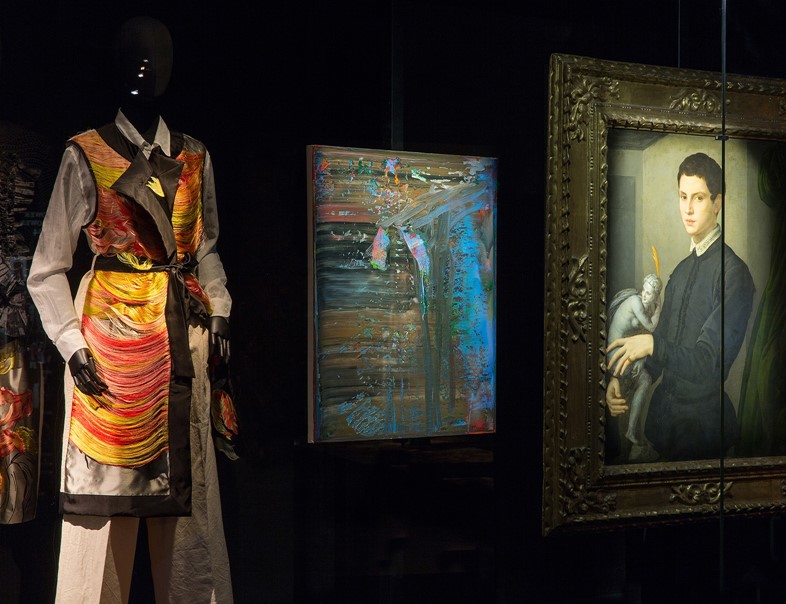
Art
From Baroque still life paintings to Yves Klein’s Anthropometries, fine art has been a constant influence in Dries Van Noten’s work. His S/S09 menswear collection, for instance, was entirely constructed around Elizabeth Peyton’s painting “Democrats are More Beautiful”. On the other hand, his A/W09 womenswear collection was created after the designer visited a Francis Bacon retrospective at Tate Britain. “It was one of the most profound and unsettling experiences of my life. I immediately knew I wanted to transpose those colours and those textures into motifs and textiles.” The exhibition at the Musée des Arts Décoratifs includes works by Bronzino, Kees Van Dongen, Victor Vasarely and Damien Hirst. However, Dries remains humble about his relationship to art and artists: “I spent a lot of time wondering whether my pieces were worthy of being shown next to major works of art. Wouldn’t people be thrown by the whole thing?”, he says with self-doubt that can’t help but reveal his education at a Jesuit school.
"I’ll start with a painting, a colour, a thought, a perfume or a gesture and slowly turn them into something different" — Dries Van Noten

Travel
“Dries’s collections are educating”, says Armand Hadida, founder of Parisian concept store L’Eclaireur, and one of the designer’s first-ever stockists. “It was thanks to him that the Western fashion industry first discovered the richness of Indian embroideries. His shows (in the Indian-populated Passage Brady, underneath the Métro in Barbès, in a public swimming pool) uncover a different side of Paris.” Ethnic traditions and folklore from India, China, Africa and Mexico are constant in the designer’s work, as well as in his boutiques and in his home in Antwerp, full of furniture found in his numerous travels, from Venetian silk sofas to Mandarin furniture from the 18th century.
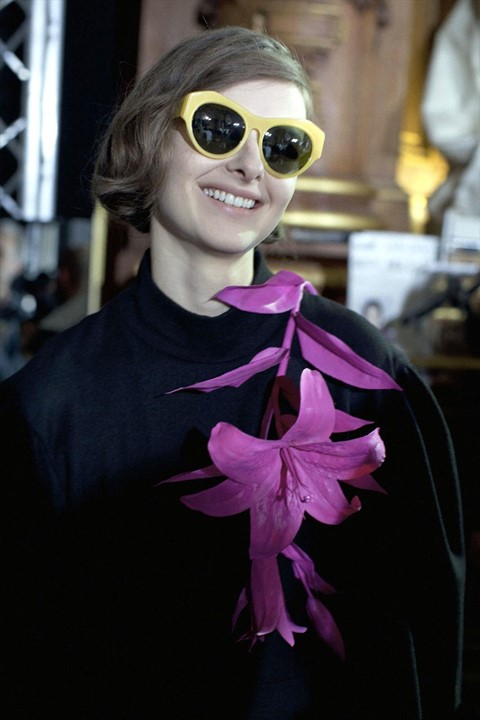
Flowers
Not surprisingly, Dries Van Noten has a passion for gardening (pictures of his own garden are in fact unveiled, for the first time, in the exhibition catalogue). “My love for flowers comes from my father”, he confesses. “He loved roses. When I was a child, he used to make me work in our home garden, when I’d much rather stay in and watch David Bowie on TV. Progressively, though, I came to love plants. I deal with the stress of the fashion industry by working the earth.” The designer’s passion for flowers comes up regularly in his work in the form of prints, colour mixes and shapes, indeed his latest show featured blue and yellow shift dresses adorned with life-size orange lily brooches.
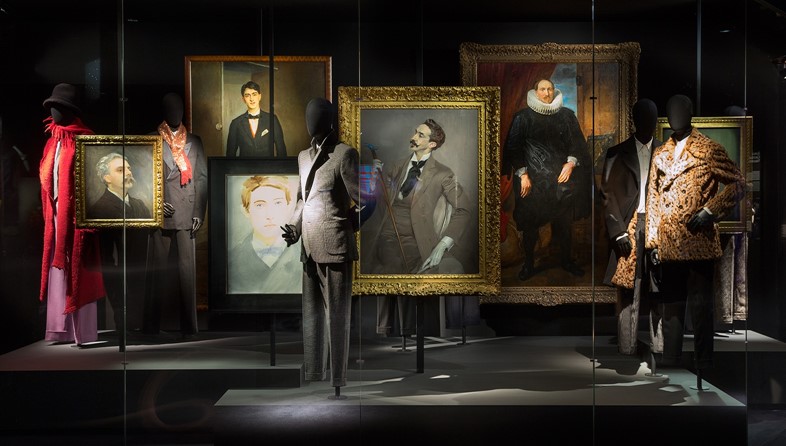
Dandyism
A whole section of the Arts Décoratifs retrospective is dedicated to masculine personalities known for their relentless elegance, from Marcel Proust to Serge Gainsbourg. Although always in unexpected ways, Dries Van Noten has always shown a penchant for extremely luxurious clothes (inherited perhaps from his grandfather, Antwerp’s first-ever bespoke tailor) expressed mainly in his menswear collections. In them, acid colours, fur, flower prints, lace and golden textures seem to reference the decadent chic of Charles Baudelaire, Oscar Wilde, Jean Cocteau and Jimi Hendrix.
"I deal with the stress of the fashion industry by working the earth” — Dries Van Noten
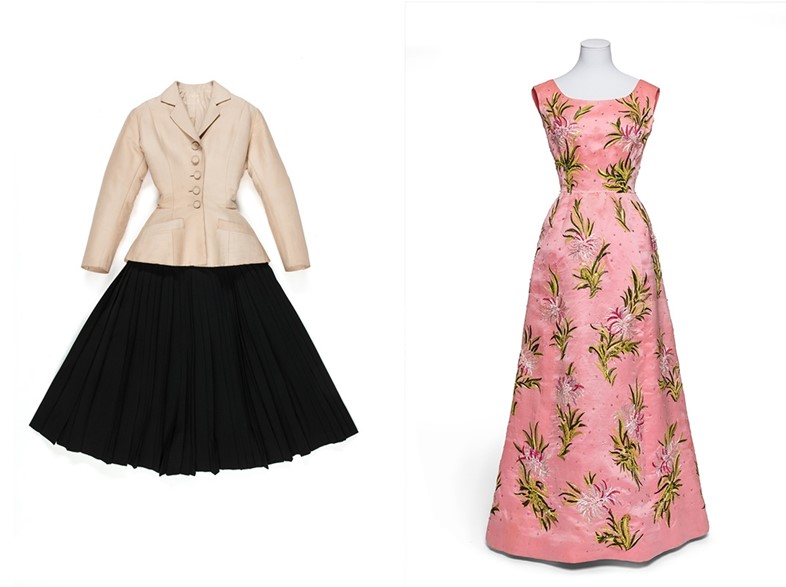
Fashion history
From 19th century anonymous dressmakers to Cristobal Balenciaga’s couture masterpieces and Kansai Yamamoto’s glam costumes, fashion never ceases to inspire the Belgian designer. “For me and my team, it is vital to take time to read magazines, to see exhibitions and to talk about fashion. It’s the best way to instigate a creative environment”, he says. Never one to take inspirations literally, for the Arts Décoratifs exhibition he made a selection of garments by Schiaparelli, Christian Dior and Yves Saint Laurent among others, stating, “if I chose to place one of my dresses next to another one created by Balenciaga, it was neither as a copy or a homage. I wanted to express the way in which Balenciaga’s work has touched me, and the way in which I transmit that emotion into my own clothes.” When asked if he thinks of fashion design as an art form, Dries shows no hesitation: “you just need to look closely at a coat by Cristobal Balenciaga or at a Bar suit by Christian Dior to realise it is.”
Dries Van Noten: Inspirations runs until August 31.
Text by Marta Represa
